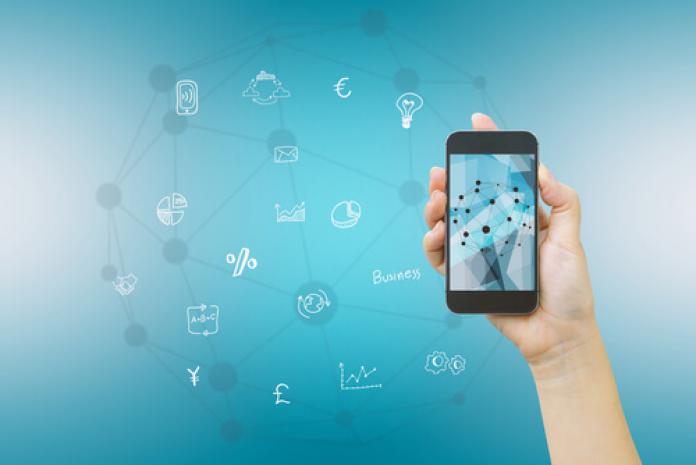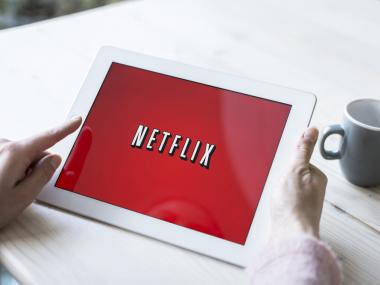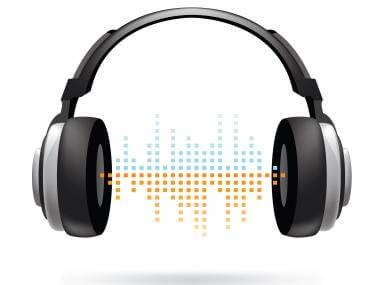How to Reduce Your Mobile Data Usage
This week, I’m going to talk about how to reduce the amount of data that you use on your mobile devices. This question was brought to me by a listener who has a hard time staying within her 2GB data plan from her cell phone provider, and wants to know what things she can do to limit how much data she uses.
How can you reduce your mobile data usage?
First, let’s talk about what data usage looks like in your day-to-day life. When you’re connected to WiFi, whether at work or home, you aren’t using cell data. This means if you’re on your phone with WiFi on, all the data you use goes through your home router and not through a cell tower.
When you’re out and about, though, and not connected to WiFi, your phone will use cell towers in order to get access to the internet. This type of data is metered and this is how you are charged on your phone plan.
Connecting to WiFi outside of your house, say at a Starbucks, doesn’t use data, but does subject your device to an unsecured wireless hotspot.
So, what that boils down to is if you are on WiFi, you aren’t using data; if you’re not on WiFi, you are using data through a cell tower, which is what is reflected in your bill.
The question is how can you reduce what is actually reflected on your bill?
There are a few simple things you can do to to easily cut your usage. The first is cutting out HD video when you’re not on WiFi. One of the greatest uses of data is video, so cutting down on Netflix, YouTube, and any other video streaming will greatly reduce the data you use. For example, an hour of streaming video can actually use half a gigabyte of data. A couple of minutes of YouTube could easily rack up 100 mb of data!
So, if you’re going out of town and want to watch some movies or videos, it might be worth it to download them to your device ahead of time. This can be done easily if you put the movie in iTunes (if you have an iPhone), or to an SD card, or through a USB cable if you have an Android phone.
The next culprit of data usage is streaming audio, such as podcasts and music apps like Pandora, Spotify, or Radio. These apps stream data just like video does, only audio uses far less data than video. However, if you listen to streaming audio everyday on your commute to and from work, you could be racking up quite a bit of usage.
For example, if you stream an hour a day of Pandora for an entire month, you’re looking at 1.5 GB of data! That’s a ton, for something that may not take a lot of data for a couple times a month. There are a few simple steps you can often do to reduce your usage, but still let you listen to everything you want. For example, almost every app that lets you listen to podcasts will have an option to only download podcasts on WiFi. This means it will download all of your podcasts when you’re connected at home, and you can then listen to your favorite podcasts without using any data on your commute.
The same goes for services like Spotify. You can typically pick a couple of playlists (up to 3000 songs) and download them on WiFi. This may not solve everything, especially if you’re really in the mood to listen to something that you didn’t download ahead of time.
However, if you know that you primarily listen to a few playlists, you can easily download them and listen to them on your commute, which will greatly reduce your data usage.
OK, so limiting your streaming video and audio consumption will get you 80% of the way there. Cutting this usage down will typically be enough for the average phone user to stay easily within a 2-3 GB data plan. However, if you notice you’re still using a lot of data, you may have an app installed that uses way more data than you would have expected.
If you want to check this on an iPhone simply go to settings, and click cellular. From here you can see every app that is able to use cellular data, and how much it has used. Note that at the bottom you can reset the statistics. I recommend doing this and using your phone for a week and looking back at which apps used the most data. You can even select apps and turn off cellular data to them directly (they will have data on wifi). This is a pretty great feature in iOS that not many people are aware of!
Android phones have similar functionality in their settings. However, Android kicks it up a notch in that you can set alerts to notify you when you’ve gone over a certain amount of data. They even allow you to cut all cell data if you’ve gone over your monthly allotment.
This is pretty great, and I’m sure will be in iOS soon. Given how different specific devices are I can’t give you a step-by-step guide on how to do this, but it’s just a quick Google search away!
This ability for phones to turn data on and off for specific apps is a pretty awesome feature if you’re traveling internationally and only have a couple hundred megabytes to use. My parents are using this when traveling in Europe and only have cell data for a handful of apps!
Well, that’s it for today! Be sure to check out all my earlier episodes at quickanddirtytips tech talker. And if you have further questions about this podcast or want to make a suggestion for a future episode, post them on Facebook QDTtechtalker.
Until next time, I’m the Tech Talker, keeping technology simple!
Image courtesy of Shutterstock.








